| Discover the Reality of Scientific Mythology The Facts of Self-Animating Networks in Nature and a New, Realistic Role for the Mythic Imagination
|
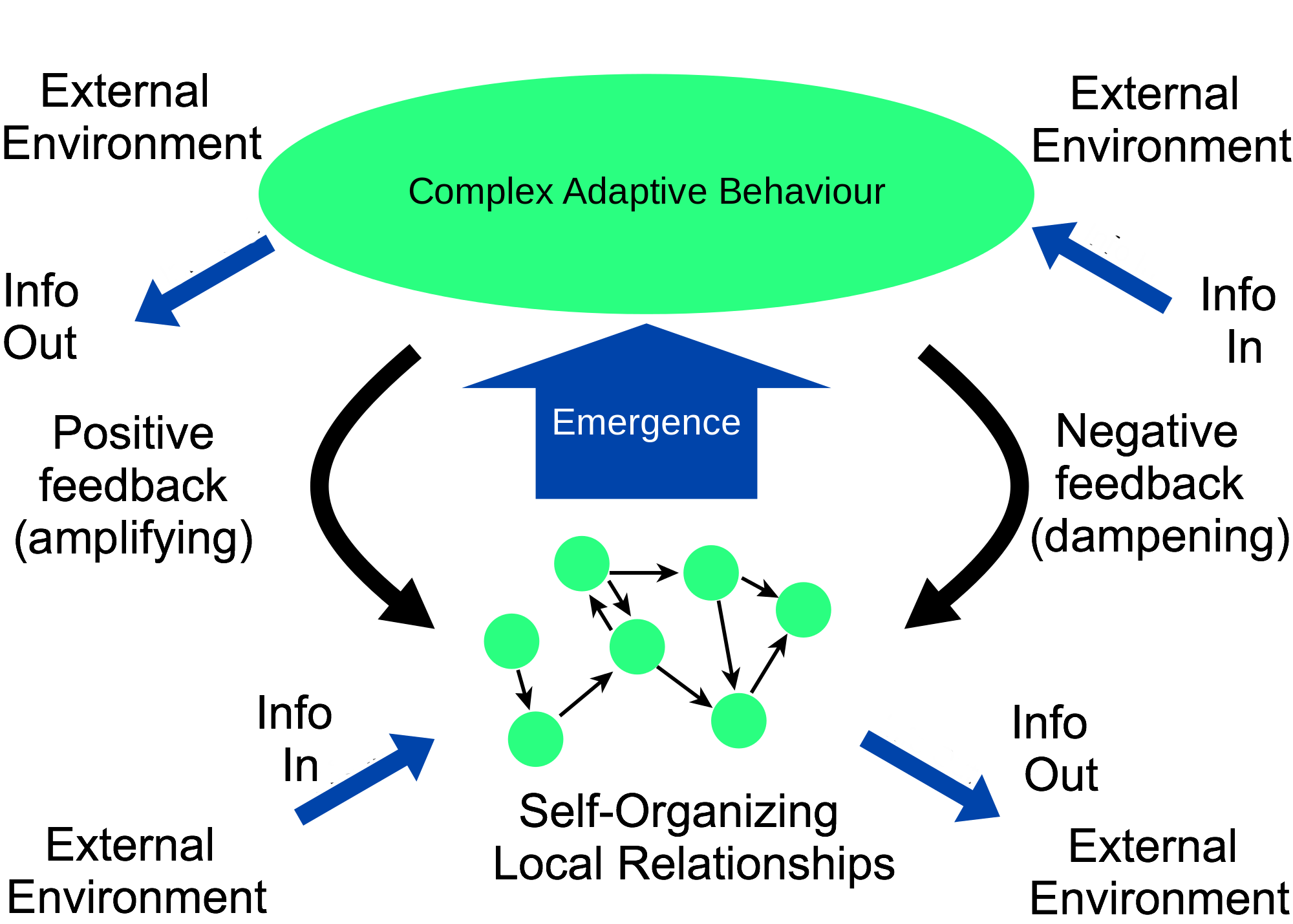 |
> NOTICE: This website represents a work-in-progress. Please contribute your feedback! email link <
| Home Page | The New Story of Scientific Reality |
|
|
Scientific Method has subverted our Normative Worldview-- By Contradicting our Cultural "Story of Science" Bottom Line:
1. Scientific method does not constitute a belief about how order is caused to manifest: Science provides objectively factual evidence about what exists. But its method provides no basis to claim it can causally explain all phenomena for which it provides evidence. 2. Our cultural belief restricts our concepts of order causation to the predictable Laws of Physics: Valid scientific knowledge has been defined by a cultural belief that what exists must be explainable entirely in the mechanistic terms of physics. 3. Scientific method now provides evidence for another modality of order creation: The recent science of complexity and complex adaptive systems presents us with evidence for unpredictable, disproportional, synergistically emergent causation that manifests volitional autonomy. This new knowledge is confounding to established belief about science, but essential to understanding our selves and the world. We are compelled to make a radical change in our cultural worldview. |
|
 Now there are two Dynamical Modes of Order Creation Since the mid-20th Century, scientific study in the fields of nonlinear dynamics, chaos, complexity, complex systems and networks has revealed unexpected ways that Nature creates order . These are ways that thing happen which generate unpredictable and even purposeful order creation. That is a big problem for a culture that has defined reality in terms of the predictably deterministic, purposeless dynamics of mechanical physics. The implications of this science are profound. They present us with a new scientific story of how the forms and functions of Nature come into being. The Standard Story of Science
Proportional, predictably deterministic ordering: Of Course! 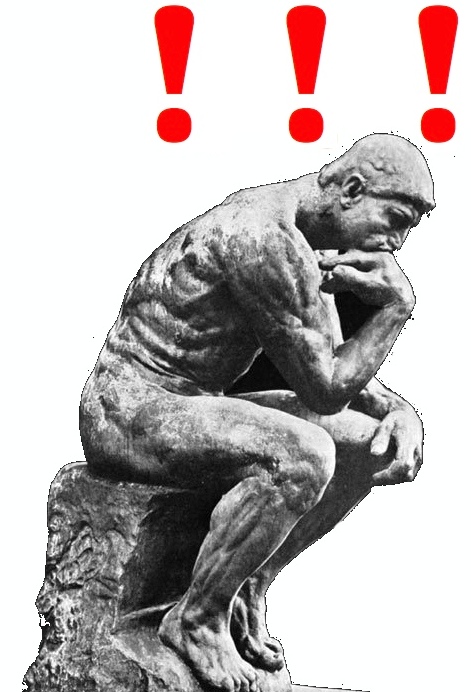 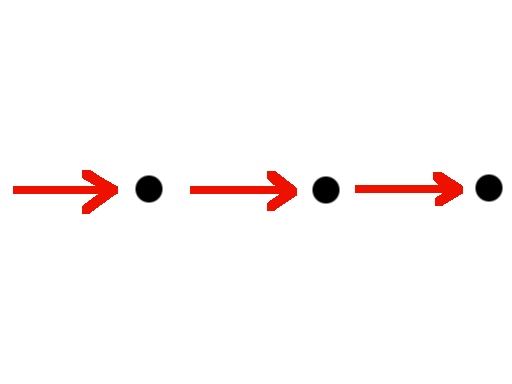 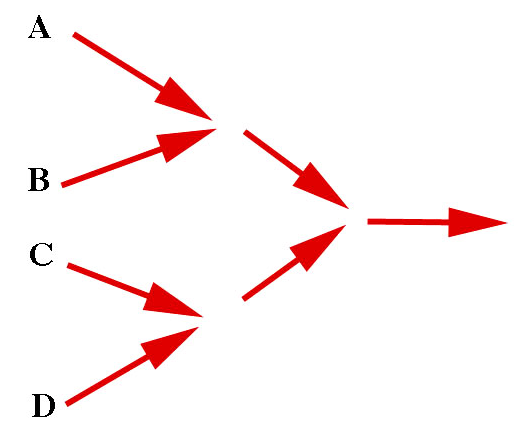  The New Story of Science
Disproportional, unpredictably deterministic ordering: What is that??? 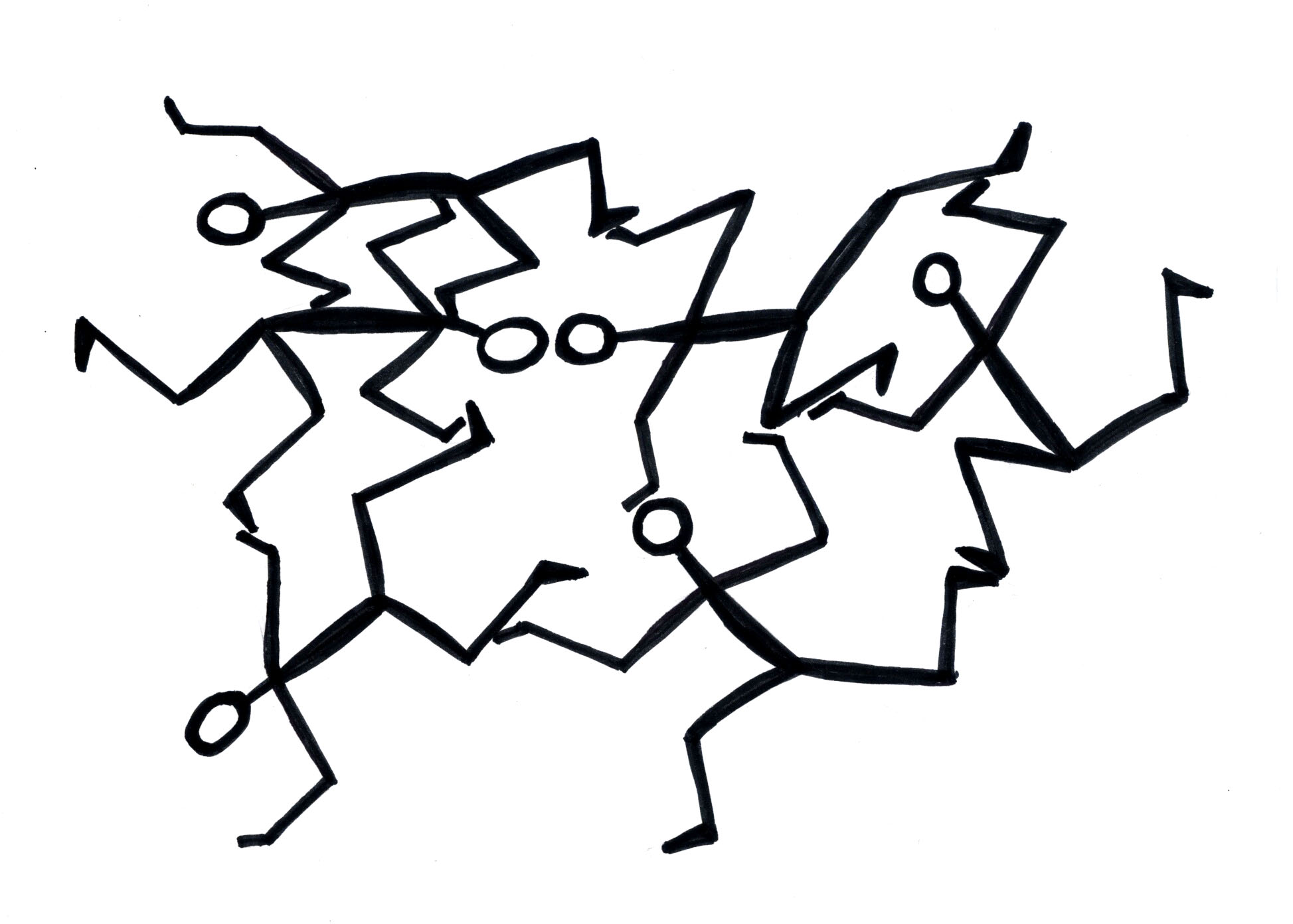 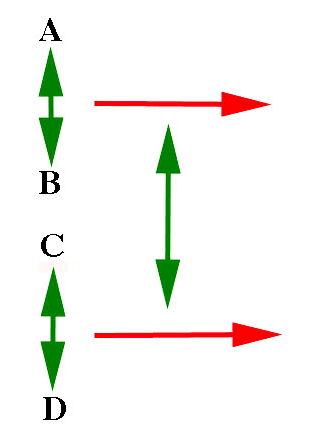 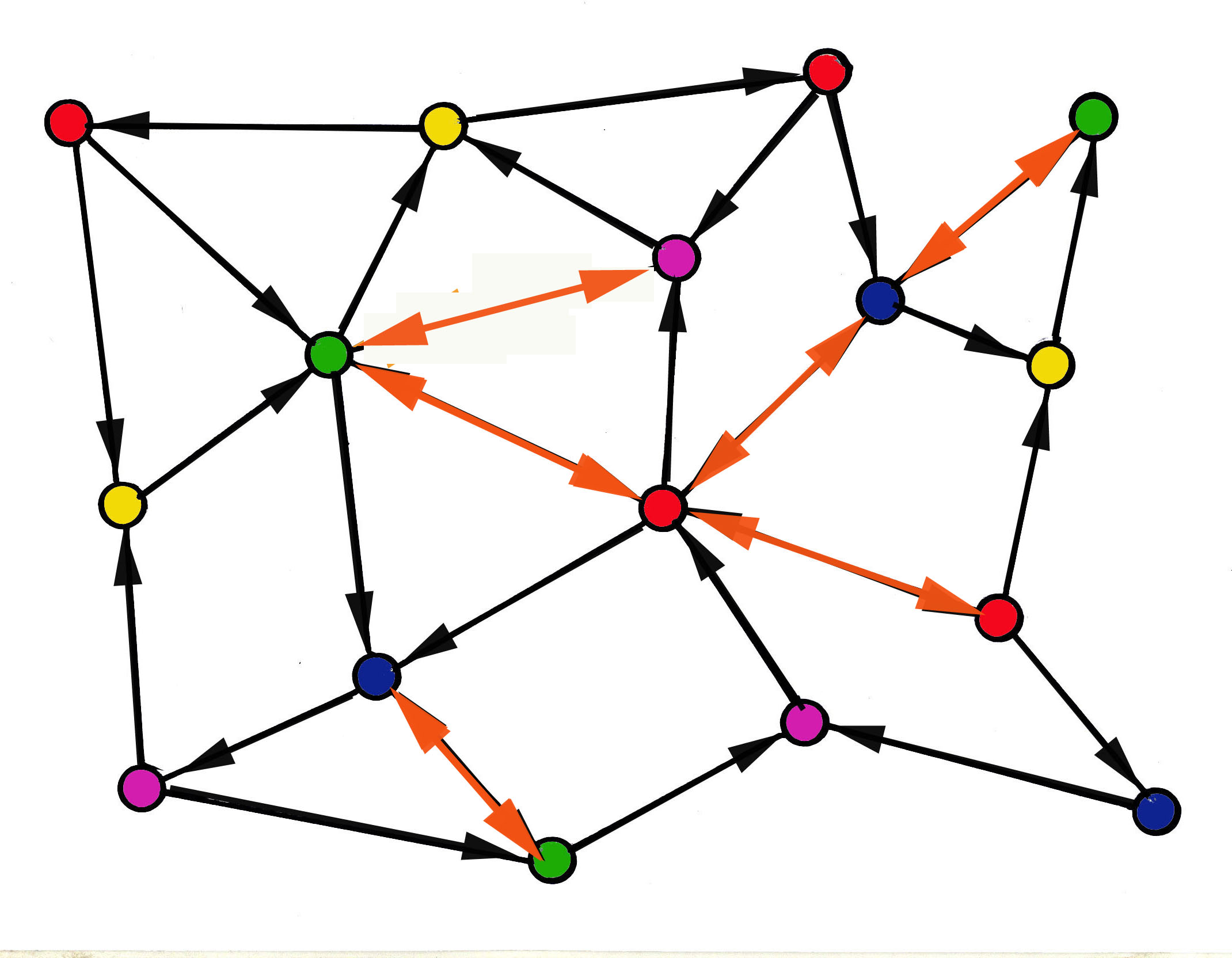 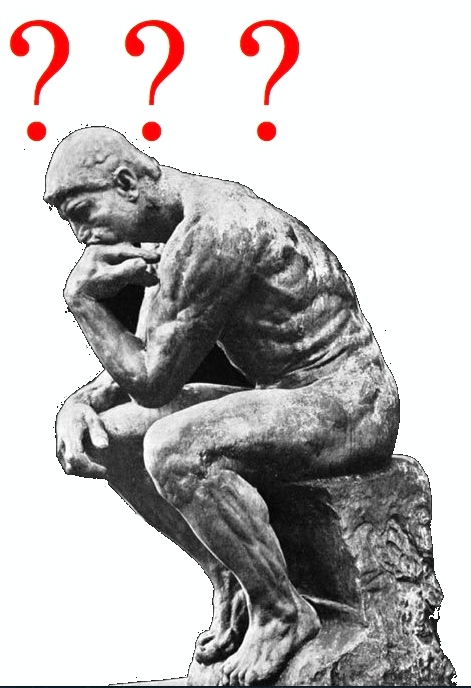 Not all dynamical events are the same. Some are linear thus always predictable. Some are nonlinear thus not always predictable. Both can be described, but the effects of nonlinear dynamics cannot always be predicted--even though they produce effects in a deterministic manner. This difference turns out to be profound. A difference in how things happen that leads to different ways order gets created: 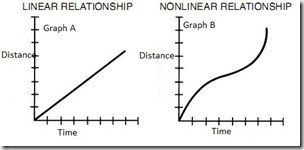 The unpredictable yet deterministic effects of nonlinear dynamical relationships facilitate the disproportional order creation of emergent properties--effects that cannot be fully traced back to the proceeding factors from which these arose--or "emerged." This emergence of phenomena that cannot be fully explained leads to the formation of complex systems, whose parts interact interdependently, generating emergent operational networks that are "more than the sum of the system's parts." These networks are shown to regulate the systems from which they emerge by influencing the behavior of those systems in return. This system / network self-organization is not only unpredictably emergent, it can be autonomously willful, causing a system to change in ways that sustain its operations by adapting them to changes in its environment. The emergence of adaptive network behavior
Complexity's interdependent dynamics can produce self-organization that can sustain and adapt itself by feeding back into those dynamics:  Complex adaptive systems, from species and ecologies to societies and economies, make decisions about how to "behave" in adaptive ways. That means they effectively self-animate. They generate, sustain, and adapt the ordering of their forms and functions. This emergent self-animation of complex systems generates most of the order we are and see around us. This view constitutes a new scientific story of order creation in Nature. And it is a story that resembles those told by the mythological imagination, in which the world is animated by autonomous spirits--animating agents that are not the same as the things they animate. The science of mytho-logical symbolism
Emergent autonomous networks animate the world like spirits and gods: 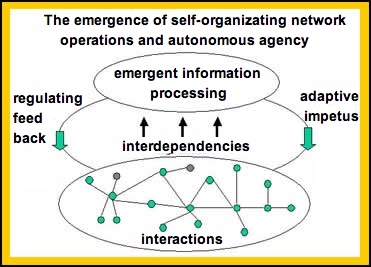  We are confronted with aspects of order creation in Nature that are not a part of our modernist view of reality. Our basic concept of how things happen, in a predictably mechanistic and fully quantifiable manner, has been challenged by the very scientific method that created that concept. To be genuinely scientific, we must now accommodate our sense of reality to include the unpredictable but not random order creation of complexity and the purposeful autonomy of complex system networks. 
Contents Below with Links: > What Is Science?
> The Stories of Science > The Newest Scientific Story of Nature > The Facts of Self-Animating Networks in Nature > The Logical Mystery of Emergent Network Order Creation > Autonomous Networks as Spiritual Animation > The New Scientific Story of Spiritually Animating Networks as Cultural Crisis > Link to References Page  The New Story of Science
Science has betrayed our Cultural Worldview—once again—
but his time the very one it helped to create What Is Science? Science is defined as “the intellectual and practical activity encompassing the systematic study of the structure and behavior of the physical and natural world through observation and experiment.” It is a method of knowing reality in terms of objectively verifiable facts. Following this method, things and events are real because we can specify objective evidence for their existence. As a particular analytical method, it relies upon quantification, calculation, and logical consistency to reduce natural phenomena to specifiable components and factors. This reduction to elemental factors and components makes it possible to identify their relationships with each other. That provides factual descriptions that can explain more complicated forms and events by revealing the causal effects of those relationships. From that knowledge we propose hypotheses about how the world works that can be experimentally tested for their predictive accuracy, making possible reliably explanatory theories. Thus scientific facts are objectively confirmed evidence of how things are and happen, the validity of which is derived from the empirical verifications of quantification, calculation, and experimental testing. By way of this methodology, science “tells a story” about what exists and how. It allows us to create narratives of how things are put together and how events happen as sequences of actions and reactions. So long as phenomena can be reduced to elemental factors whose effects on each other can be specified and sequenced then a logically explanatory narrative can be provided. However, there is no basis in this methodology for assuming that it can either describe or explain all natural phenomena. There is no intrinsic basis in science as an analytical method for assuming that what it can factually describe in objective terms can necessarily be causally explained in and by the terms of its reductive method. It is conceivable that there can be scientific facts that would not have complete, reductive scientific explanations. To claim that all natural phenomena must be fully describable and explainable by scientific method is not a genuinely scientific intellectual assumption. Nonetheless, there is a dominant belief in modern culture that all natural phenomena can and will be reduced to the physical properties of matter and energy, as detailed by the predictably deterministic Laws of Physics. This attitude presumes that any validated scientific evidence or facts about natural phenomena which are not currently explainable by the Laws of Physics will necessarily be so explained in the future. But the actual practice of scientific method as investigation of what exits and how, is not subordinated to these assumptions. Research continues to produce unexpected and as yet unexplained evidence. Such evidence has been encountered in physics with the discovery of the phenomena such as "dark matter” and “dark energy,” evidence for which is causing physicists to reconsider their existing cosmological theories. Another instance is in study of the nonlinear dynamics of complexity and complex adaptive systems, particularly in the field of biology. Here, there has been objective validation of the phenomena of unpredictably occurring “emergent properties,” such as “self-organizing system networks.” This is a particularly troubling example of “as yet unexplained” phenomena. The evidence for it presents doubts about whether it can be fully described or explained, because the events involved cannot be fully identified and sequenced, thus not logically narrated by fully explanatory theories. The Stories of Science In understanding the role of scientific method in modern culture it is helpful to think of science as having various “stories.” The objectively descriptive and explanatory narrative story it tells about reality is neither fully consistent nor complete. There are various areas of validated scientific fact that cannot be logically or theoretically unified, such as discrepancies between classical and quantum physics—there are, in fact, conflicting scientific stories. And these have been continually changing throughout the modern era as additional objective facts are discovered that cause theories to be revised or entirely new ones invented to explain the facts.Thus what is judged to be scientific fact and validated theory have undergone many sudden, logically inconsistent transformations--what has been thought of as the disjunctive discontinuity of scientific revolutions. Scientific method has begotten many very different descriptive and explanatory stories, and continues to so—it has not proceeded in a logically consistent manner from one stage of understanding to the next. But science as a method is necessarily a part of culture and culture has its own purposes for how scientific knowledge is to be defined and used. So there are scientific narratives about reality and then there are cultural stories about how the scientific ones are to be regarded. Taken together, we can consider the historical story that involves both. The Historical Story: Over the last few hundred years, the story science has been used to tell about reality, its description and explanations of natural phenomena, has been profoundly unstable, with succeeding versions often differing significantly from preceding ones. Philosophical conceptions regarding science have involved conflict about whether it is literally “knowledge of Nature” or a some ways useful modeling of natural phenomena; of whether and when it has been a professionalized social cadre operating to privilege its version of scientific knowledge versus a “pure” methodological practice open to radical change; of whether it can or cannot provide any moral or ethical parameters for society, or should or should not be constrained by social values; and of whether it is or is not intrinsically in conflict with religious concepts of reality The Normative Story: The story told about science by society, through its scientific and educational institutions, often appears quite different from that of its history. This “cultural story” tends to represent science as a coherently unified, progressively logical process of factual description and theoretical explanation that will inevitably lead to “complete knowledge of Nature.” Thus this story often has the quality of “idolatry” in that it regards reductionist method as the only means of attaining valid knowledge and dogmatically insists on its exclusive claim to absolute truth: reality can only be described and will be completely explained through scientific reduction. This cultural story, with its tendency to deny validity to any non-scientifically derived knowledge, such as that of philosophy, art, or religion, is not derived from any fundamental aspects of scientific method itself. (To be fair, this antipathy to religious knowledge does have a reasonably understandable historical impetus, however, in that it derives from a intellectual reaction against the social violence and intolerance associated with the religiously inspired warfare of the 16th and 17th centuries in Europe, and similar events since then.) Just as the cultural story of normative reality once generated by the Roman Catholic Church insisted on the subordination of reason to the service of doctrinal religious faith or belief, so the normative view of our contemporary secular “scientism” tends to subordinate scientific knowledge to the substantiation of a belief in an exclusively mechanistic, fully quantifiable, thus causally explainable reality. The Culturally Subversive Story : Since scientific method itself is not actually constrained by such cultural beliefs, its genuine practitioners have “followed where it leads,” leading to the discontinuous transformations in its evolving “story of Nature.” Scientific method is not in itself concerned with belief, cultural norms, or sustaining factually unsupportable theories. Thus its practice has resulted in underminig both scientific theories and various historical cultural perspectives on reality that turned out to lack a valid scientific basis. Scientific method has repeatedly proved to be intrinsically subversive of normative cultural beliefs. It has in turns destabilized such central cultural notions as the earth being the center of the universe (with the Copernican revolution in astronomy), those of human exceptionalism in nature and religious belief in the Bible (with Darwinian evolution), the hierarchically ordered Victorian worldview which was supported by classical physics (with Einstein and then the un-reconcilable dynamics of subatomic quantum mechanics), the humanistic ideal of individual autonomy (with genetic determinism and a computational model of consciousness), and now it is putting into question the resulting normative worldview of mechanistic physicalism by presenting evidence that is incompatible with it. The Newest Scientific Story of Nature The cascade of scientific discoveries and consequent creation of new explanatory theories just since the turn of the 21st century has been astonishing. But in so far as there is a genuinely new story of reality, rather than more and different variations on a Nature ultimately explainable by the laws of physics, we must turn to an area of scientific research unfamiliar to most of us. Mostly since the 1950s, with some antecedent work, and increasingly since the 1970s, study of complex dynamical systems has provided remarkable new insights. Principle among these is evidence for order creation in Nature that is confounding to our dominant, physics-based worldview. This research involves distinctions between what are termed linear dynamics, being predictably consistent and proportional actions, and nonlinear dynamics, which involve unpredictable and disproportional actions. This evidence has derived from various areas of study, from the analyisis of weather systems to biological, ecological, social, and even computational systems. Understanding of the dynamics of these systems has been profoundly expanded by hew mathematical modeling of the networks of relationships manifesting between system parts, particulary in the 1990s and after. That research has made the operations of complex systems both more comprehensible and more mysterious. The new concepts about system networks have stunning implications. Indeed, any fervent secular modernist must practice profound skeptical restraint when considering this evidence. We have to hold fast to an unbiased trust in scientific method, while putting aside our cultural beliefs about how that method defines reality. The science and math involved are daunting to the non-specialist. But some general implications can be considered to illustrate the conundrum it presents to our current view of how things are and come to be. The Strange dynamics of Order Creation in Chaos and Complexity This work is generally associated with the scientifically defined terms of chaos and complexity. These terms refer to dynamical activity in which new forms of organization arise from disorderly conditions and in unpredictable ways, producing what are termed “emergent properties." The term emergence is used to indicate how forms, activities, and effects come into existence in a disproportional manner. Emergent phenomena have traits that are not consistent with the preceding conditions from which they spontaneously arise--or emerge. Emergent properties can be described and typically quantified, but the exact path of their causation from preceding conditions is not fully determinable. Most significantly, this unpredictable creation of new forms and effects is not a random event but a deterministic one. It is common, even central to the creation of most of the forms and functions of the biosphere. It derives from what is termed a nonlinear relationship between the events and effects that produce it. Linear dynamical relationships produce predictably deterministic effects. Nonlinear dynamical relationships can produce unpredictable yet still deterministic effects, and do so in ways that cannot be fully described. Linear versus nonlinear dynamical relationships
A difference in how things happen that leads to different ways order gets created:  Scientific chaos is a dynamical condition involving disorganized turbulent activity, expressing nonlinear relationships, that produces emergent properties of orderly form, such as whirl pools in rivers. The disordered turbulence of flows in liquids can generate well ordered patterns that cannot be predicted. But these are not accidents. It is shown that disordered dynamics are determining the creation of ordered ones in a nonrandom manner. A mode or order creation that is not fully predictable or explainable. Such disorderly but nonrandom generation of more ordered phenomena is found throughout Nature, from weather to stock markets. This is not the story of cause and effect we have come to presume explains all of reality. Order out of disorder
Emergent order creation in the chaotic dynamics of fluids: 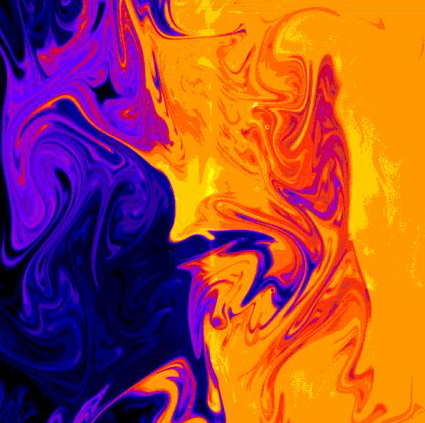 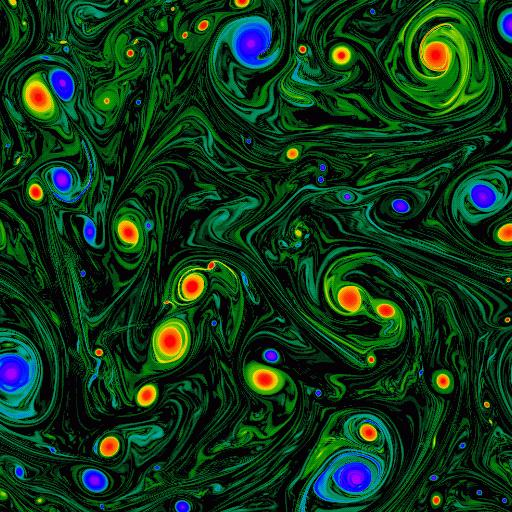 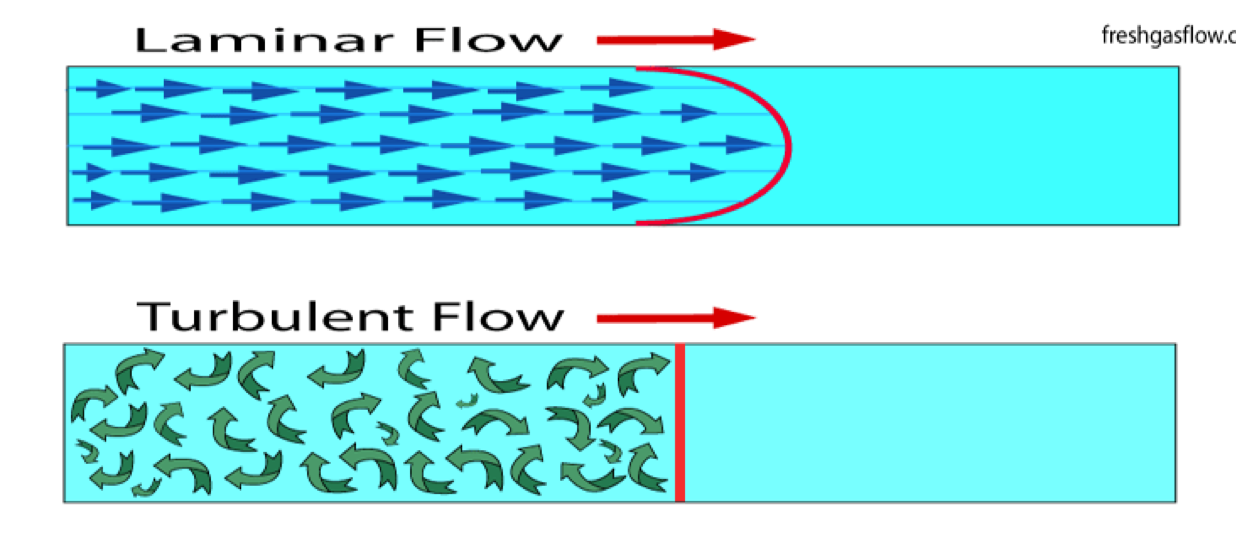 Scientific complexity is a dynamical condition that amplifies the emergent order creation of chaos. It involves a partly inconsistent activity that not only produces increased organization of forms and activities but can also maintain these over time. It generates unpredictable emergent properties that it subsequently sustains in an on-going process of emergent self-organization. It can even do this in spite of disruptions occurring within it and outside of it in the surrounding environment, such as in the way a body regulates its order despite infections. This unpredictably order creating, order maintaining activity defines what are termed complex adaptive systems. It this way it adapts its self-generated ordering in ways that sustain its general form over time. Such systems are now known to comprise most of the natural systems that constitute the biosphere, from single cell micro-organisms to entire ecologies and even human systems like social groups and economies. The degree of order in dynamical events is represented at as a spectrum, with static order at one extreme and pure randomness at the other. It is between these two extremes that the disorderly ordering of chaos and complexity are posed. Increasing disorder leads first to the deterministic but unpredictable ordering of complex dynamics, which can generate self-organizing criticality. Beyond that, the increasing disorder of chaos can still generate more ordered forms but these lack self-organizing effects. At the far extreme of randomness, there is no deterministic order creation. The boundary between complex and chaotic dynamics is often referred to as "the edge of chaos." Conceiving the range of order creating dynamics
The
range of dynamical activity characterized by complexity
associates with the greatest degree of new order creation that can
become self-sustaining. This is considered deterministic order, in
contrast to
random, but it is unpredictably emergent, not predictably
deterministic, as in the state of uniform order on the far left of the
spectrum. The boundary between complexity and chaos, at the extreme of
complexity, is the zone of complexity's maximum potential for
generating
self-organizing effects. The pronounced degree of instability involved
here enables an existing state of organization to shift into a new
one, though at the risk of collapsing into chaotic dynamics. This
is a very different view of how things come into being and are
sustained then one in which there exist only predictable order and
randomness. From static continuity to predictable change, then the unpredictably emergent order and sustainable self-organization of complexity, followed by the unpredictably emergent but not-self-sustaining ordering of chaos, and non-deterministic randomness: 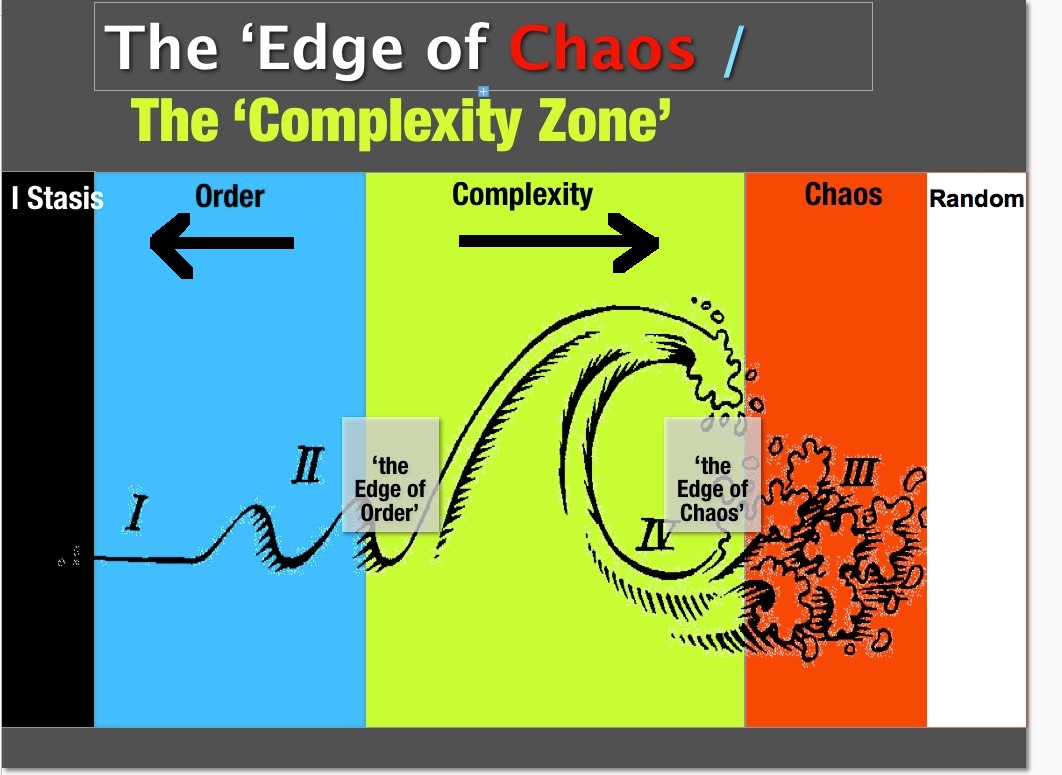 Most of the forms and functions around us arise from the unpredictable creativity of complex dynamics--with their ability to sustain order over time: 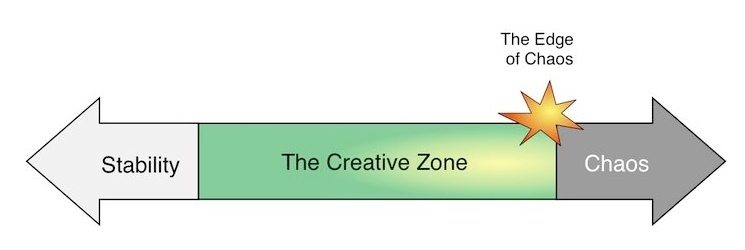 In this story of what is and how it happens, most of the form and order we encounter around us is an emergent property of complexity that generates order in an emergent manner. The dynamics associated with this phenomenon involve many simultaneous and interdependent events. These can modify each other in multiple ways in every instant of time through multiple layers of feedback. Thus it becomes impossible to identify or narrate a linear sequence of causal relationships between them. So complexity involves events that are not fully accessible to quantification and calculation, thus not predictable and not fully explainable in terms of the Laws of Physics. Nonetheless, since the changes in ordering that thusly emerge can be quantified as proportionally inconsistent, from one instant to the next, we are confronted by factual descriptions of causal dynamics that are empirically real yet do not conform to our existing science-based assumptions about cause and effect. This evidence does not have a valid status in our cultural narrative of reality. The Autonomous Self-Organizing Networks of Complex Adaptive Systems Such evidence is most confounding in how demonstrates the emergence of self-organizing networks in complex systems, enabling these to regulate and even adapt the forms and operations of their systems. This self-regulation and adaptation arises from flows of "feedback," arising from many interdependent interactions, occurring simultaneously among system parts in each moment of time, as well in response to their external environment. Concurrent activities of system parts are transmitted across multiple links between system parts, creating feedback that amplifies and alters their effects on each other. This on-going, ever fluctuating interplay somehow generates a collective effect that becomes the system's emergent operational network. It is this network of mutually modifying relationships that generates self-organizing system behaviors Feedback networks as source of system self-organization
Such networks of
interdependent interactions are something more than what can be known about
the parts of the system and their individual properties. Yet it arises
from those parts and properties, then in turn
organizes, regulates, and adapts the overall operations of the
system--making it a "complex adaptive system." This operational
network is an emergent property of the system but functions with
autonomous agency to influence the on-going activity of the system,
either by maintaining its existing patterns of organization or altering
these.Interactions of system parts create mutually modifying relationships:  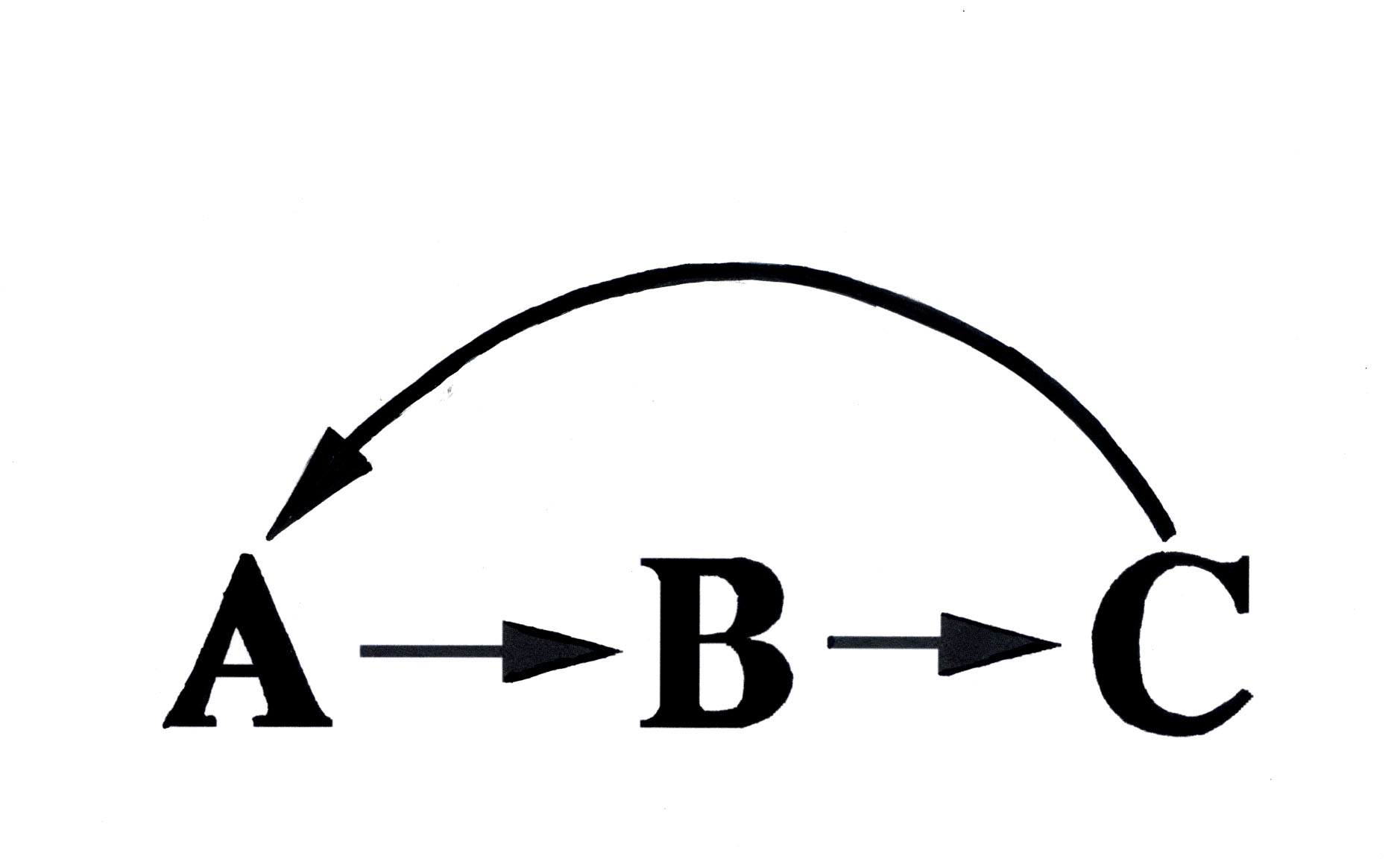  The emergence of adaptive network behavior:

These collective phenomena involve information processing and volitional agency in complex system networks that have the traits of subjective autonomy and teleological intentionality: such systems not only create and regulate their operations but also respond to changes in their environments by adapting those operations to promote system sustainability. The most tangible example is a human person whose body-mind network self-regulates its internal operations and behavior in response to its environment, including the networks of other persons. The on-going emergent interplay of a system and its network A basic diagram of network autonomy emerging from interdependent interactions that it then influences:  The Facts of Self-Animating Networks in Nature These traits of complex systems are empirically verified by measuring the objective causal consequences of their autonomously self-organizing network operations--such as the body's adaptive self-regulation. However, though such effects can be calculated, the details of their causal processes remain inaccessible. We can perceive the systems from which they emerge and the effects their emergence has on those systems, but not how they emerge. Nor can we directly observe the dynamic networks that produce them from moment to moment--these are effectively invisible. Note that physics has recently provided quantum microscope photographs of the electron orbits of single atoms. That seems like "making the invisible visible." But when it comes to emergent autonomous system networks, there appears to be "no thing" to photograph. How, after all, could one photograph the simultaneously interdependent, thus mutually modifying interactions of multiple system parts, much less their generation of network information processing? Consider that the emergent self-organization of a complex system is not a specifiable phenomenon but an “operational tendency” in the network of interactions between the system's parts, that then influences its form and activity. It arises unpredictably under the dynamical conditions of complexity’s interdependent interactivity—as synergistic relationships between system parts. These collectively have the emergent capacity to process information and initiate organized changes in system operations. That dynamical condition is termed self-organizing criticality, in reference to a system operating at a critical stage. In criticality, the preceding organization of a system becomes less stable, facilitating a shift to a different form of organization. A physical example of criticality is the disorderly configuration of water molecules as these are about to shift from a liquid state to the solid one of ice. But in complex systems, a degree of critical instability can be maintained or modulated over time as the basis for the on-going self-organizing operations in the network of relationships between its a parts. Aspects of critical instability or disorder are crucial to on-going system self-organization and adaptive change. Thus impetus toward self-organization through disorderly criticality is imminent in the interactive relationships of the network operations in complex systems. But it is not literally “of” the objectively quantifiable system parts or structure, from which it emergently emanates. It is "in" the unpredictable changes of the network, which are the ways the dynamical relationships among system parts influence each other. Thus it is ephemeral, in the sense that it is not entirely accessible to objective material evaluation, as quantities of matter or energy. Complex Network Autonomy is Scalable This ethereal impetus of emergent synergistic network interdependency not only gives specific systems their individuality--from particular persons to particular forests and cities--it manifests from the collective interdependency of all natural systems: the synergistic interdependencies of many complex systems aggregate into the emergent self-organizing networks of much larger ones. This emergent self-organization emerges from reciprocal system interactions in a bottom-up fashion, then feeds back down through that entire global network, creating an on-going flow of information that enables its self-generating continuities. The self-organizing operations of system networks has been identified across a vast range of scale. In its simplest form, it is seen in molecular structures that demonstrate the capacity to self-assemble into specific structures. Some of these can re-assemble their organization when disrupted. Some can replicate their structures. This occurs at a more complex level in the replication of biological cells. But it extends into ever larger scales, such as that of an entire human body. The autonomously self-creating, self-organizing operation of networks aggregates, through the reciprocal interdependency of many complex systems. This scaling up of multiple layers of interactive networks enables the emergence of more and more complex meta-systems and networks. This is readily illustrated by how individual persons form social networks that interact to become larger and larger networks, each with its own traits of network autonomy. The larger planetary level of this scale is the self-regulating biosophere itself. Network autonomy is scalable, through the disorderly interdependence of many systems that interact both competitively and cooperatively. Differentiating Two Modes of Order Creation In the most simplistic terms, we are confronted with two different modes of order creation, one proportionally consistent in a mechanistic sense, thus predictable, and one that is proportionally inconsistent, thus unpredictable. The first is comprehensible in the terms of causality provided by the Laws of Physics: each dynamical event can be shown to cause the next in a sequence or quantifiably proportional changes. But the second, the synergistically emergent mode, does not demonstrate the progressively consistent chain of cause and effect we associate with such causality. Since the second cannot be explained in the mechanical terms of the first, understanding it becomes most problematic. Nonetheless, evidence for the existence of both compels us to make the attempt. One fundamental way to differentiate the two is in terms of their dynamical characteristics. The mechanistic mode can be represented as the dependent causation of order and the synergistic mode as the interdependent emergence of organization. Standard order-creation of dependency
Each event has a predictable, proportional effect, resulting in specifiable sequences of order:     Emergent order-creation of interdependency Concurrent interdependent interactions, that are not specifiable, syngeristically produce disproportional, unpredictable order:     Despite this strange contrast in how order is created, it does not appear to violate the Laws of Physics. Emergent order does not alter the properties of the matter and energy involved. Rather, it unpredictably reconfigures the organization of matter in ways that result in different formations. It is these new orderings that manifest effects or properties for which no complete basis can be specified in the preceding organization of the same matter. Even when there is explicit information to guide the network's operations, as in genetic encoding, it is the emergent system network that organizes cellular system self-regulation and transformations. The operational network of the complex system of a developing embryo rearranges the material form or that system to create new properties of its system, resulting in the emergence of organs. Identical stem cells are transformed into various different types of cells with very different properties that cannot be predicted from the preceding configuration of that cell. Though there is encoded information that guides such changes in the cells of the embryo, the changes are induced by the overall system network of interactions, which only comes into being as an emergent property of those interactions, which it then regulates. The embryo is not a machine that simply runs a pre-programed sequence. Each embryo generates an emergent network that induces the subsequent transformations of its system in a somewhat unique manner. It involves a element improvisation, testified to the fact that it does not always produce the same results and sometimes fails. Embryos tend to develop in similar ways, but the changes involved are induced by emergent networks for which there is no fully identifiable basis in the genetic coding that will predict the properties and exact behavior of that network. Thus some aspects of emergence are not explainable in terms of those predictably deterministic and fully calculable constraints on causation associated with material physics. How then to make sense of this evidence for two differing ways in which order is created? How to tell it as an inclusive scientific story about how things are and come to be? The familiar mode of order creation is constrained by the predictable determinism of the Laws of Physics, which explains so much about the material universe, and without which the unfamiliar one of emergence could, presumably, not exist. Thus the latter mode presumably emerges from the domain of physical cause and effect as its basis. In that view, when matter and energy are engaged in the dynamical conditions of complexity, a further order creating effect emerges. That is, the ordering derived from the physical properties of matter, when interacting through the mutually modifying interdependency of complex dynamics, somehow produces self-organizing criticality. That results in changes in organization that have new properties--properties that are disproportional to and cannot be predicted from preceding states of organization and their properties. Emergence emerges from a basis in the predictable causality of material physics through particular types of dynamical relationships, which it then continues to sustain and regulate in an emergent manner. Those on-going, sequentially inconsistent, disproportional changes can result in properties such as the autonomously self-organizing, intentionally adaptive operations of complex systems. The emergence of emergence
The ordering of physics as the basis for the emergence of complexity's self-organizing criticality, thus innumerable emergent properties: 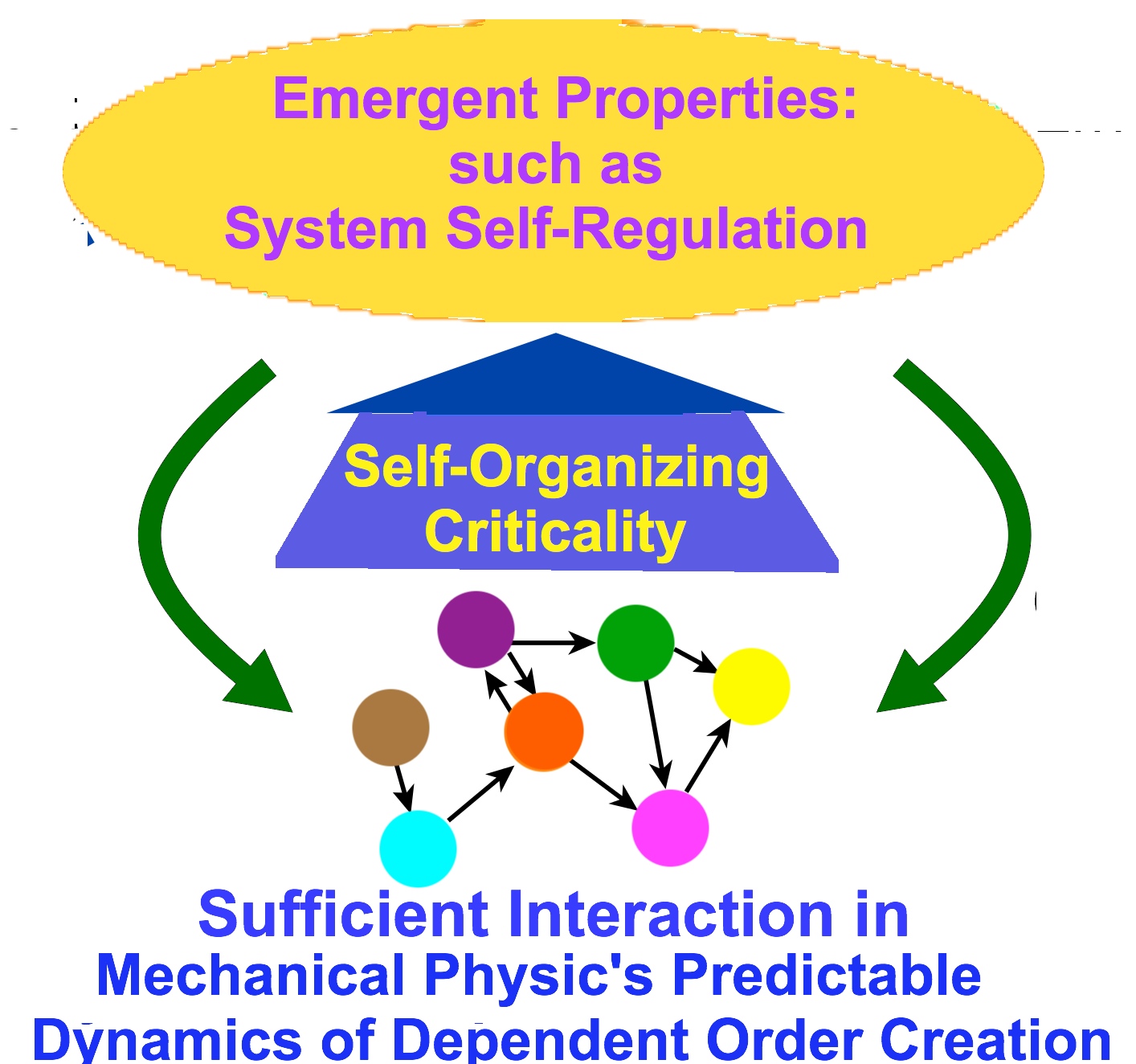 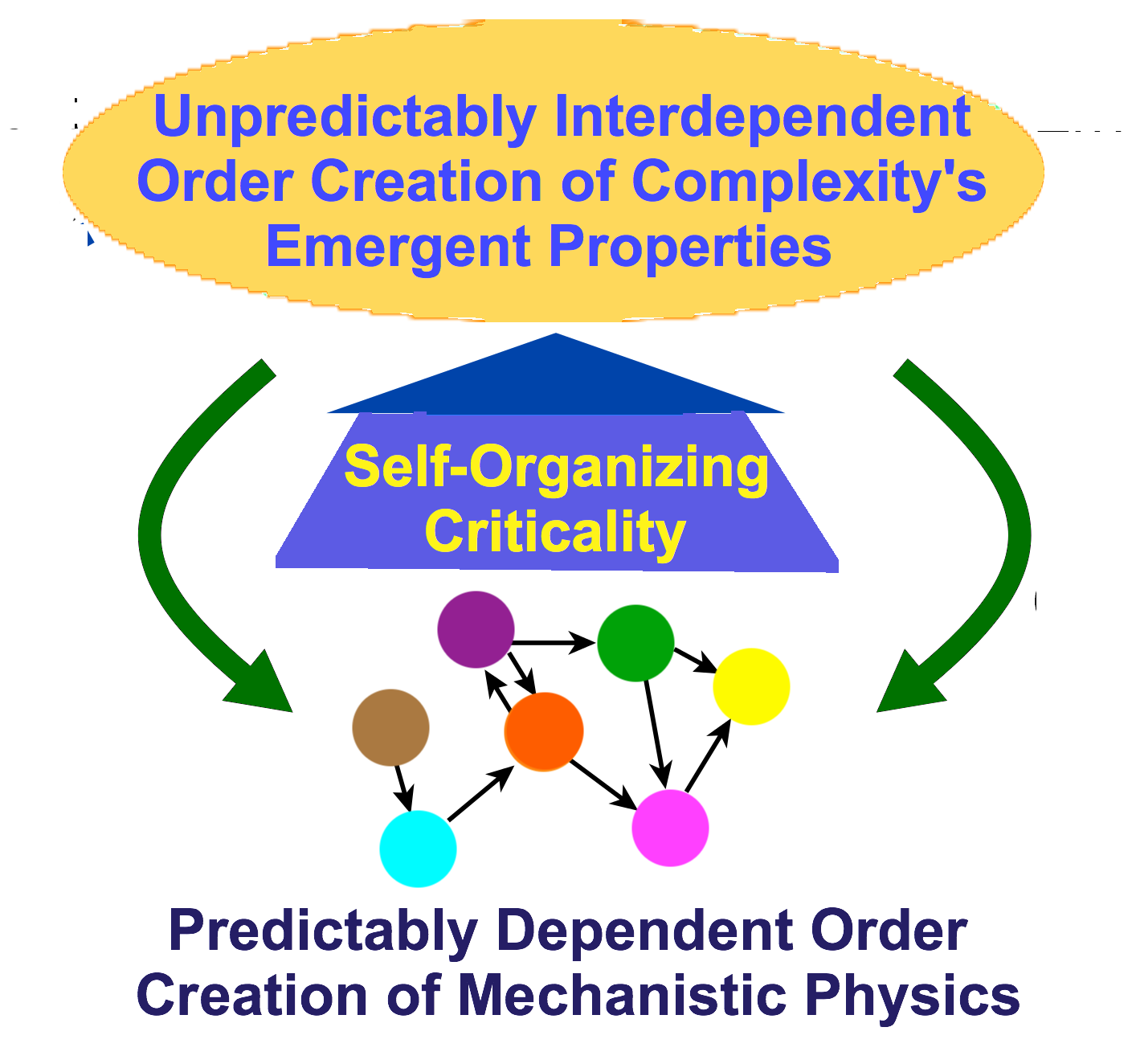
In so far as causality is actually "what can happen," given the constraints which the Laws of Physics impose upon the organization and thus the properties of matter and energy, emergence must become possible as a consequence of certain dynamical conditions--those of chaos and complexity. Complex dynamics do not rearrange the micro-scale (meaning atomic and sub-atomic) ordering of matter, as defined by physics. But they presumably generate additional constraints on how matter gets organized into the forms of macro-scale entities, since complexity results in forms and functions not predictable by physics alone. There must be something about interactive feedback, between interconnected parts, that can generate constraints which make possible changes in the properties of an overall system--changes that material physics cannot anticipate or explain. In this interpretation, an additional mode of order creation is enabled by constraints that come into being during the disorderly yet interdependent interactions among system parts termed self-organizing criticality, which is a dynamical condition that cannot be fully analyzed, sequenced, and explained in causal terms. If that is accurate, then we obviously cannot comprehend such order creation in the terms of sequentially proportional, thus predictable events we are accustomed to use in defining causality. There is an intrinsic ambivalence in the unpredictably deterministic order creation of complexity, for it is literally "ambi-valent" in regard to the "deciding uncertainty" of its disorderly, yet concurrently interdependent interactions. Given such an un-sequencable condition, we are left to regard the causality of emergence as involving a fundamental mystery--at least to our existing science-based cultural worldview. Nonetheless, we can quantify the evidence of its existence and mathematically model aspects of its discontinuous dynamics. It vastly increases the potential formation and organization of physically based entities because the novelty of its emergent forms continually create the basis for the emergence of further, even more complex forms--and functions. In this way, the potential variation of the properties of forms and functions that can arise from physical matter becomes effectively infinite--without evidently violating the Laws of Physics themselves. These two modes of order creation, often distinguished as predictably deterministic versus unpredictably deterministic, are also referred to here as dependent verses interdependent dynamics. Order Creating Mode 1
Predictably deterministic causal ordering of mechanical physics 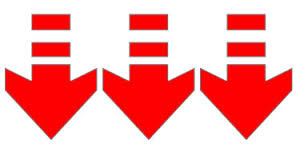 Order Creating Mode 2 Unpredictably deterministic emergent ordering of chaotic dynamics  Unpredictably deterministic emergent, sustained self-ordering of complex dynamics  Unpredictably determinsitic, intentionally adaptive self-ordering of autonomous system networks From Dependent Determinism to Interdependent Self-determinism:
1. Dependently deterministic ordering (mechanical physics)
2. Interdependently determined ordering (chaos) 3. Self-determining interdependent ordering (complexity) 4. Teleologically adaptive Self-determining interdependent ordering (complex adaptive systems) 5. Autonomously intentional self-determining ordering (complex system networks) Conceiving a Bi-Dynamical Nature
However it got started, this layering of different dynamical domains of order creation, dependent and interdependent, that feed back into each other, can be understood as a by-dynamical continuum. The predictably dependent dynamics of physics become engaged in the unpredictably interdependent ones of chaos and complexity, resulting in self-organizing criticality, creating emergent ordering capable of autonomous self-sustaining networks, which can promote further interdependent activity in physical systems to produce further chaos and complexity. Neither our selves nor the world we inhabit can exist without this bi-dynamical interplay. Thus one can regard the science of chaos, complexity, and complex systems as revealing the bi-dynamical reality of order creation. The interplay of dependent and interdependent dynamics
In non-technical terms, we can attempt to understand this strange contrast as between structural and anti-structural order creation. Familiar mechanistic causation results, with its predictably proportionate sequences of changes, structures its effects in direct relationship to its causes. The ordering of one moment determines that of the next. In contrast, emergent events produce organization from relationships among factors whose simultaneous interdependency is not identifiably structured, always partly disorderly, and disproportionately creative. This order creation is not random yet derives from dynamical relationships that are not predictably structured. It does indeed determine the formation of order but not in a predictable or proportionally consistent manner. Thus it can be considered to be in some sense "anti-structural," in the sense that its effects do not derive progressively from the structural conditions which precede it. Again: scientific method confirms that this happens by quantifying the disproportional changes that occur as a result, thereby confirming that the structural pattern of order in one instant does not fully determine that of the next instant. The Logical Mystery of Emergent Network Order Creation However, despite the science behind this logical notion of differentiating network dynamics as dependently versus interdependently creative, and the basic philosophical perspective it suggests, we are left with a kind of void. There is no conclusive empirical evidence to confirm logical speculation on just what actually happens in the in-between realm of interdependent dynamics and emergent order creation. This limitation on how precise our understanding can be is crucial to any realistic perspective on how things actually happen, and thus how Nature acts to generate the biosphere. Indeed, reasonable reflection upon what scientific method can reveal about ordered forms emerging from chaotic dynamics and the self-organizing networks of complexity's state of criticality, readily prompts a sense of the miraculous. Firstly is the implication that the predictably deterministic order creation of material physics is the basis for the unpredictably deterministic order creation of complex dynamics. Secondly, there is the conundrum of this unpredictably, thus inexplicably emergent ordering to self-sustain its forms in a self-similar manner over time through self-regulation, despite perturbations--and even act willfully to adapt its forms and operations for the purpose of maintaining the existence of the system from which it emergently manifests. From the perspective of material physics, these are confounding facts. Nonetheless, most of the forms and functions we are and surround us have been shown to arise emergently. This appears illogical until once closely contemplates the differences in linear and nonlinear dynamics, in orderly order creation versus the disorderly conditions of self-organizing criticality. If the latter dynamics are creating order, then it would logically have an inconsistent and unpredictable character, whose identifiable patterns--arising as these do from instability--could not be exact reiterations but only self-similar variations over time. This disorderly source of order can be considered the "play" of Nature, meaning that the creation of more complex forms requires a "looseness," a "latitude" of uncertainty. That being the case, then the very existence of the order we are and inhabit, deriving from such dynamics, is logically mysterious. It can come into being, and be sustained, only through dynamical conditions that are inscrutable to our methods of precise quantification and calculation. To exist, it must be mysterious to a mechanistically causal explanation of events and transformations. The point here is, that though such a conclusion is deeply dissatisfying to our physics-based, pragmatically control-oriented worldview, it has not only an empirical basis but a reasonable one as well--despite the frustration this poses for a strictly rational view of reality. This reasonable mystery of emergence can best be understood in terms of transformative metamorphosis. Emergence in complex dynamics is the change of one form or function into a distinctly different form or function in an unpredictably disproportionate, nonlinear, but not accidental manner. The properties of the changed form or function cannot be found in or logically derived from the preceding status. There is a kind of "leap." The properties of form and function in a butterfly are not found in the caterpillar from which it metamorphically emerges. Though there is genetic data in the meta-system of the caterpillar to guide the transformation, it is the interdependency of the system's emergent network that actually generates the metamorphosis. This emergent metamorphosis is intrinsic to the network operation of human minds. Complex dynamics in neurological operations of the physical brain enable the metamorphic emergence of the mental system and its autonomous network that in turn influences the self-organization of the physical brain. Autonomous Networks as Spiritual Animation From the above, we must conclude that, as an objectively reductive method of investigation and knowledge creation, scientific study has provided factual evidence that complexity's nonlinear, interdependent dynamics generate the un-objectifiable events of emergent order creation and the network autonomy of complex systems. Further, since emergent system networks self-organize in ways that adapt their systems for continued sustainability in response to changes in their environments, they must in some way be aware of their own operations and act to regulate these. That constitutes some form of subjectivity, as some degree of self-awareness as an entity that exits independently of other entities, which enables it to act intentionally to promote its existence. In this respect, complex system networks manifest autonomy and volition that constitute self-creation or self-animation. As this subjective operation of network self-awareness enables self-organizing, self-maintianing, self-adaptive operations, it is self-animating its system. Without the autonomous self-organizations of their networks, complex adaptive systems could not "do what they do"--they would not be animated in the ways that they are. This self-animating behavior occurs not only in the systems of biological bodies but in systems that are not distinct organisms with central nervous systems, such as ecologies and economies. The biosphere is a meta-network of radically interdependent, mutually sustaining, emergently self-organizing, thus mutually self-animating networks that collectively constitute a de facto living organism. It is a networked “subjective creature of subjective creatures,” whose capacity for both self-sustained relative continuity and adaptive change is astonishing. Yet, most importantly, these interdependent networks of autonomously self-animating systems have also been shown to be surprisingly vulnerable to the non-reciprocal behaviors of industrialized human systems. Nature is not “mere machinery” that we can manipulate and control technologically as we please—at least not without disabling the self-regulating autonomy of non-human systems and thereby the biosphere upon which we depend. This is indeed a new scientific story of Nature, a radical break with all those of modernity that have proceeded it. It presents us with new knowledge that is essential to our understanding of our selves and the world. But it also presents us with the task of being logical about what appears to be illogical. The New Scientific Story of Spiritually Animating Networks as Cultural Crisis Is this for real?! As real as it gets when you get your reality from scientific method. But that does not make it comprehensible, much less acceptable to our existing cultural worldview and its normative definition of reality. How is rational thought, founded upon logical progressions of reasoning and sequentially proportional cause and effect, to make sense of order emerging unpredictably from disorder--from "out of no where"--and then acting autonomously to sustain and adapt itself? How are we to be reasonable about a reality that is irrational? At the psychological base of our resistance to the implications of this evidence is our human nature: humans are control freaks. We evolved to adapt and survive by consciously manipulating our environments. From hunting and gathering to agriculture and industrial civilization, we are a techno-logical species. As modern humans, we have taken this mentality to its extreme, assuming that we can, will, and should control all aspects of Nature. We reflexively think in terms of control to the point that we are attempting to genetically engineer biological and create machine-based artificial intelligence. Predictability and control are foundational to our ideology. Thus there is great resistance to evidence for unpredictably emergent causation and self-animating network autonomy in complex systems. The thought that complex system autonomy makes them both un-controllable and likely to react to the pressures our behavior places upon them with unpredictable changes is devastating or our worldview. Its shows that we are not only deluded about reality but in danger of devastating the biosphere on which we depend. Nonetheless, as more and more scientists are beginning to confront, this evidence conflicts with our normative causal narrative of strictly physics-based science on the methodological basis of that science. It constitutes a crisis for our modernist worldview based in the latter, which cannot incorporate unpredictably emergent, disproportional causation into its prevailing assumptions. To be genuinely scientific, it appears we must now reconfigure our story of what is and how it happens. We must re-conceive our human selves as constituting but one autonomous network among many, the sustainability of each depending upon the reciprocally self-organizing interdependency of all. However, our existing cultural worldview, despite its references to physics-based deterministic causality, does not generate a genuinely scientific society. We often subordinate even the evidence of physics to its own social purposes—a fact testified to by the fanatic resistance to the physical science of global climate change and its dire implications. Reigning social and economic hierarchies of privilege and power, along with our consumer life styles, are more important to us than the facts of science. If we cannot adjust our behaviors to the evidence of our self-destructive impact on the biosphere provided by mechanistic science, how will we address the science of emergent causation and autonomously self-animating networks? This predicament is further compounded by indications that autonomous networks manifest a subjectivity of self awareness that enables them to act with teleologically purpose even when composed as non-living systems such as economies–causing them to “act as if alive. Evidence for this phenomena is not only inconsistent with physics' deterministic rules for causation, it raises the dreaded notion of spirituality that modern science is assumed to have invalidated. It appears scientific method has provided evidence for the limits of its capacity to describe and explain all phenomena in its mechanistic terms. In so far as we have reached the limits of purely rational understanding, we require some additional means of appreciating this fundamentally new empirical knowledge--for which there is a precedent. A Mytho-Logical Science The evidence for ethereal agency resembles the mythological motifs of spirit, soul, and divine agency used to represent intentionally which animates the forms and order of the world. That concept was the basis of the mythological worldview’s notion of the sacred, being that aspect of reality that creates the cosmos by influencing the organization of all forms and events. Like scientific descriptions of emergent causation in complex systems, mythic narratives progress by inconsistent events or magical actions and these tend to derive from the autonomous agency of spirits or gods. Thus myth narrates events in ways that model that scientific method now factually describes. In light of that evidence, mythic notions can be regarded as dynamical metaphors which refer to emergent causation and network autonomy in natural systems. That view allows us to regard mythical symbolism, with its magical actions and spiritual forces, as an imaginal intuition of the strange causal phenomena now represented by the new scientific evidence. The science of mytho-logical symbolism
Emergent autonomous networks animate the world like spirits and gods:   If this interpretation is accurate, the science has not only betrayed the modernist cultural worldview supposedly based upon it, but has given empirical validation to the archaic worldview modernity had presumably vanquished. Where myth was once classified as the "bad science" of pre-modern attempts to explain Naurte, it now looks more like the symbolic version of our new science of chaos and complexity. So the new story becomes even more confounding. We must bear in mind that science as method is not atheistic, it is agnostic--it posits not belief about the existence or non-existence of spiritual animation. It poses no dogma about what can be, it only seeks to factually objectify what its objective methodology can validate about what is. This is not the first time the story of science has undergone profound change. But it is the first time that story has directed our worldview back toward the mythological animism of our pre-modern ancestors. As such, it renders our existence far more potentially mysterious and emotionally meaningful than does belief in a predictably mechanistic world without subjective purpose. However, though this scientific story does provide evidence for mysteriously emergent self-animating subjectivity or “creaturely-ness” that pervades Nature, it does not confirm religious belief in literalized gods that intentionally control the world. Indeed, the latter version of spirituality is contradicted by the science in at least two regards. Firstly, emergent network self-animation is shown to arise, from the significantly disordered conditions of complexity, as a moment to moment improvisation of interpreting and responding to simultaneously interdependent events. Network autonomy cannot simply "proceed consistently according to plan" because must it organize its system in response to continually unpredictable variations occurring both inside and outside the system. And, since systems are inevitably networked with other systems, despite their differing behaviors, like animals and plants in a forest, their interdependence is the basis for emergence of a meta-level self-organizing network that regulates their collective operations without directly controlling them. Individual network autonomy somehow gives rise to meta-network autonomy from the bottom up, not the top down. Thus its higher levels cannot exist without its lower ones. This trait makes the notion of a command-and-control deity unsupportable. Secondly, these activities prove to be, by their very dynamical character, beyond exact description, definition, and explanation. We can know that they happen, even measure many of their effects, but not exactly how these occur. Thus, though there is evidence for their existence, that evidence precludes interpreting them other than metaphorically. Significantly, many spiritual cultural traditions, despite their behaviors that appear to regard their divinities as real, involve an admonishment to the effect that, "the divine is ultimately beyond description and definition"--indicating an awareness the their mythic symbols are useful dynamical metaphors for mysterious causation and intentionality at work in Nature. It appears that we do indeed live in, and as, the mythical mystery of spiritually self-animating networks, whether we like it or not. NOTE: For more specific technical information on the new science click the link below: Link to References Page Additional example of network autonomy's problematic implications for current scientific theory: An example of the profound implications posed by autonomous agency in complex system networks is its likely role in species evolution. If the complex systems of plants and animals, both as individuals and collective populations, are regulating and adapting their interactions with each other and their environments through this volitional network capacity, then intentionally is altering their behavior, which is altering their environments, which influences the conditions that act upon them through the process of natural selection. Though evolutionary change relies upon genetic mutations, the selection of those mutations is imposed by the environment. That means that autonomous network agency plays a profound role in how a species evolves by selectively configuring its system operations, such as when wolves choose particular hunting techniques that in turn influence environmental forces that in turn exert selective pressures the evolution of the wolves. In this view, network autonomy acting on many levels, from individuals to species to the networks of entire ecosystems is profoundly influencing evolution However, the dominant theory of evolution holds it to be an arbitrary process in which random gene mutation creates the variety for natural selection to occur by environmental pressures without any directedness or intentionality. |
|||||||||||
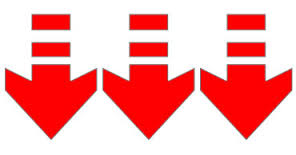 Dive Down
Dive Down